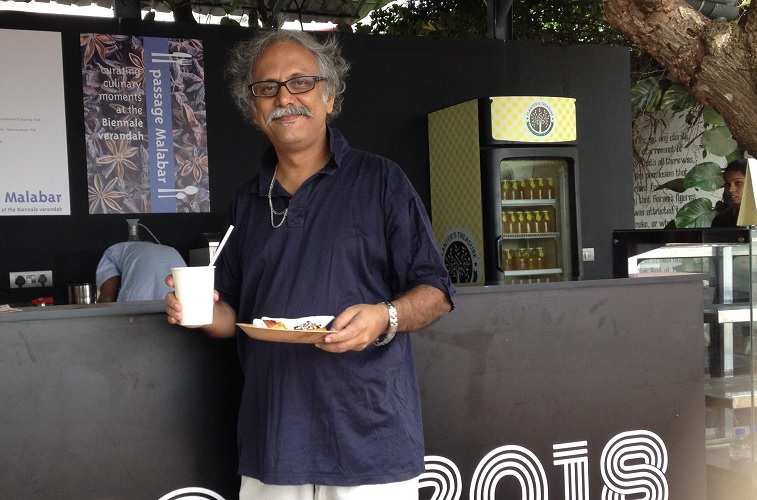Opinion: Amazon sent King Mahabali with a big box of goodies
While the monsoon deficit in some parts of the country is worrying, the Onam cheers have marketers looking to sound the bellwether heading northward, explains the author
by Subhas Warrier

To continue enjoying this content, please sign in below. You can register for free for limited further access or subscribe now for full access to all out content.
Sign In
Trouble signing in?
Register for free
✓ Access limited free articles each month
✓ Email bulletins – top industry news and insights delivered straight to your inbox
Subscribe
✓ All the latest local and global industry news
✓ The most inspirational and innovative campaigns
✓ Interviews and opinion from leading industry figures
